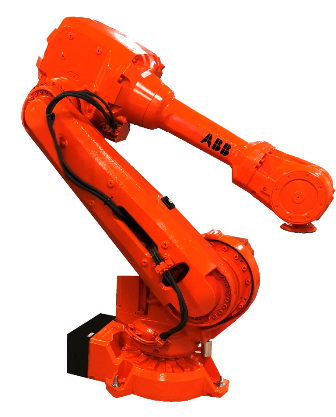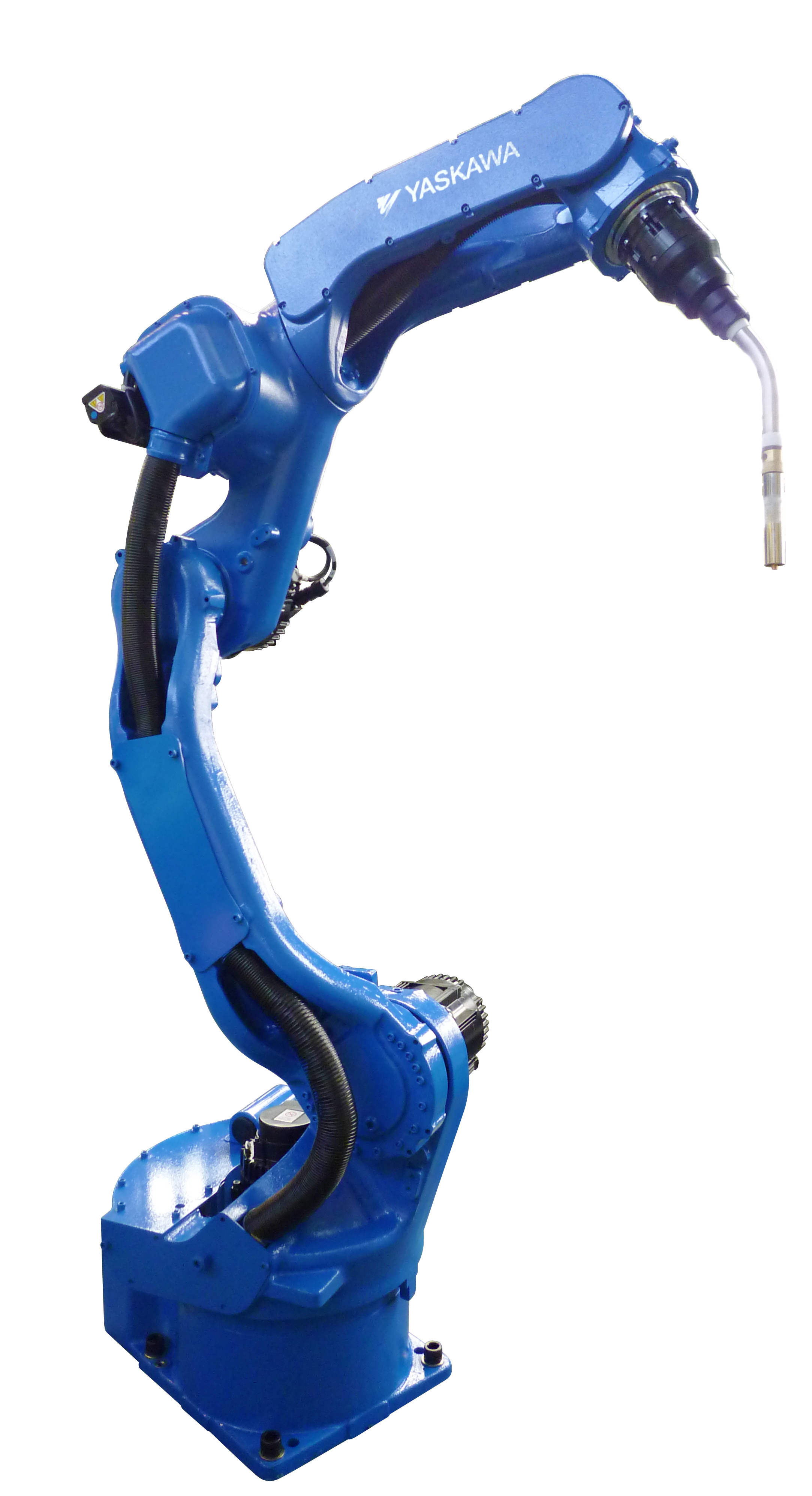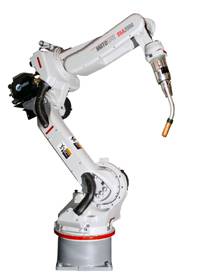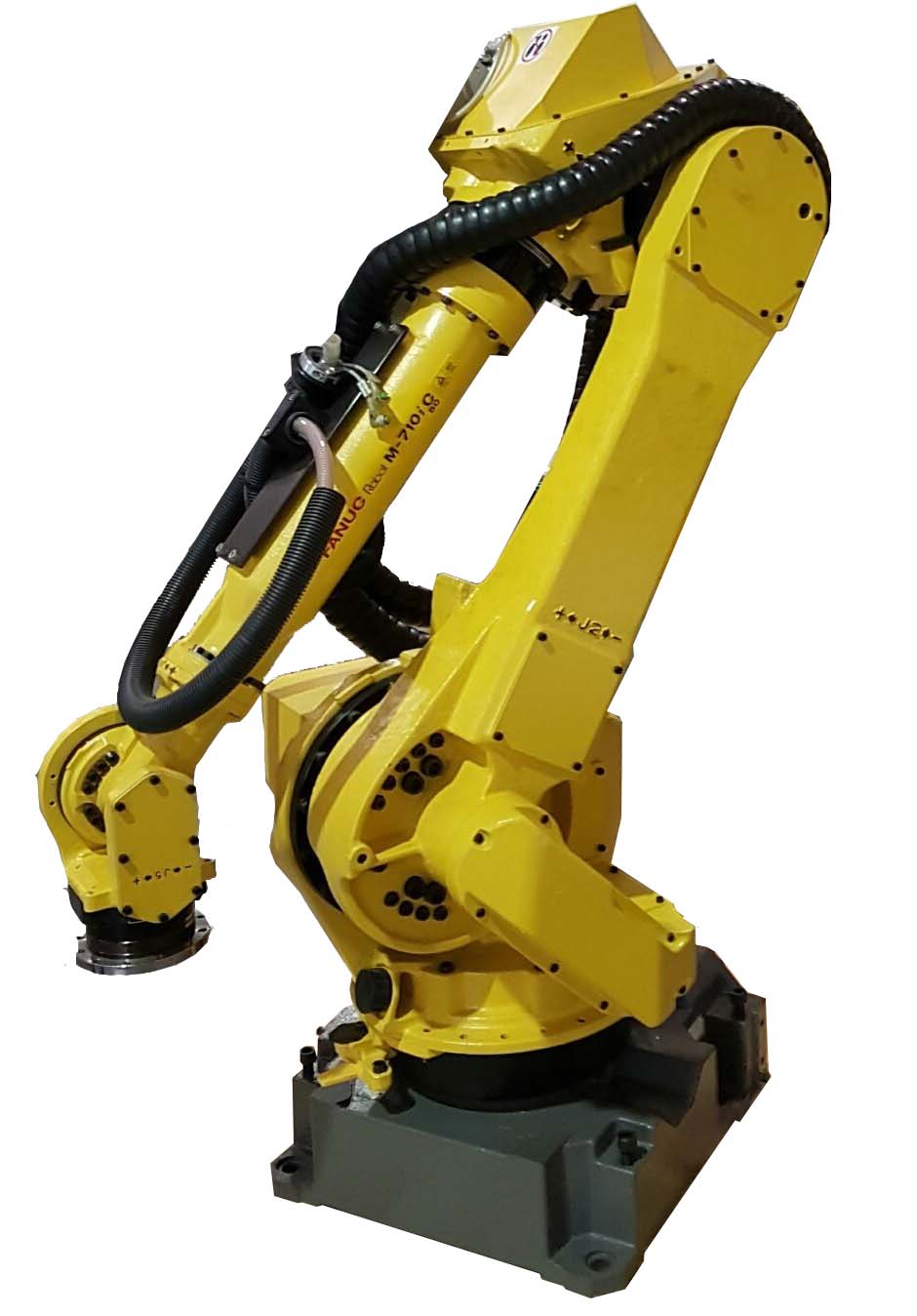Why Assembly Robots are Taking Over Production Lines
Assembly is a key manufacturing process that all products must endure before completion. Whether its cars, medical devices, or electronics they all require some form of assembly in order to be considered whole. Assembly is defined as the process of forming or joining parts together to create a finished good. While assembly processes have been a part of manufacturing for years, one thing that is changing is who or what is completing these applications. Manufacturers are now turning their assembly lines over to industrial robots as a cost-effective solution for today’s high demand global markets.
Shrinking Parts
The electronics industry continues to see the demands for their products skyrocket while the size of electronic devices continues to shrink due to advancing technology. The miniaturization of electronic devices such as mobile phones requires assembly with delicate, small, and intricate parts. These parts are too small for human assembly, requiring the upmost precision which can only be accomplished through assembly robots. The FANUC M-10ia is able to handle intricate assemblies with pinpoint accuracy. Robotic grippers are more advanced and allow for the handling of delicate items with the same dexterity as a human to prevent any damage during manufacture. Assembly robots are able to dynamically locate parts and place them in the smallest and tightest of spaces, a task that would require superhuman precision for a worker.Improved Sensors and Software
Another factor leading manufacturers to deploy assembly lines with robotic fleets is due to the vast improvements to robotic sensor technology and software. Not only are systems such as robotic vision and force sensors more intelligent, but they are also more affordable than before. The Motoman MH50 can use these technologies to have human-like abilities for sight and dexterity. A FANUC M-710ic/50 can be equipped with their iRVision in order to be able guide it to locate and assemble parts. Not only do vision systems aid with assembly, but they also give robots the capability to inspect their work for the upmost efficiency. Force sensor technology provides assembly robots with feedback regarding EOAT force and torque applied to a workpiece. Robots can then adjust their movements dynamically based on this information, allowing them to apply accurate amounts of pressure. This can help prevent damage to parts during an assembly process since robots receive sensory feedback to apply more or less force. This is particularly useful for complex assemblies such as automobile engines.Flexibility in an Era of Short Product Lifespans
The manufacturing flexibility provided by assembly robots is extremely advantageous, especially in today’s world where product lifespans can be fleeting. For instance, if an automotive manufacturer were to discontinue a vehicle line, their assembly robots can be quickly redeployed to begin assembly on another line of vehicles. The FANUC M-20ia can be integrated with a robotic welder and be converted to a FANUC Arcmate 120ic. The same goes for the electronics industry where every year a new smart phone is being released. With industrial robots manufacturers are never at a loss should product needs change. There is no costly downtime for retraining or learning new assembly processes. Assembly robots can be quickly reprogrammed and redeployed with little interruption to operations.Robots Done Right is the place to start when it comes to used robots. Contact us if you are interested in buying or selling your used robot.




